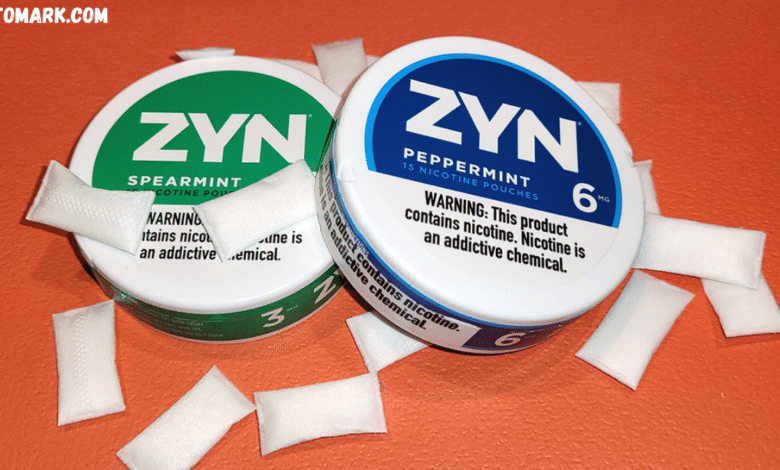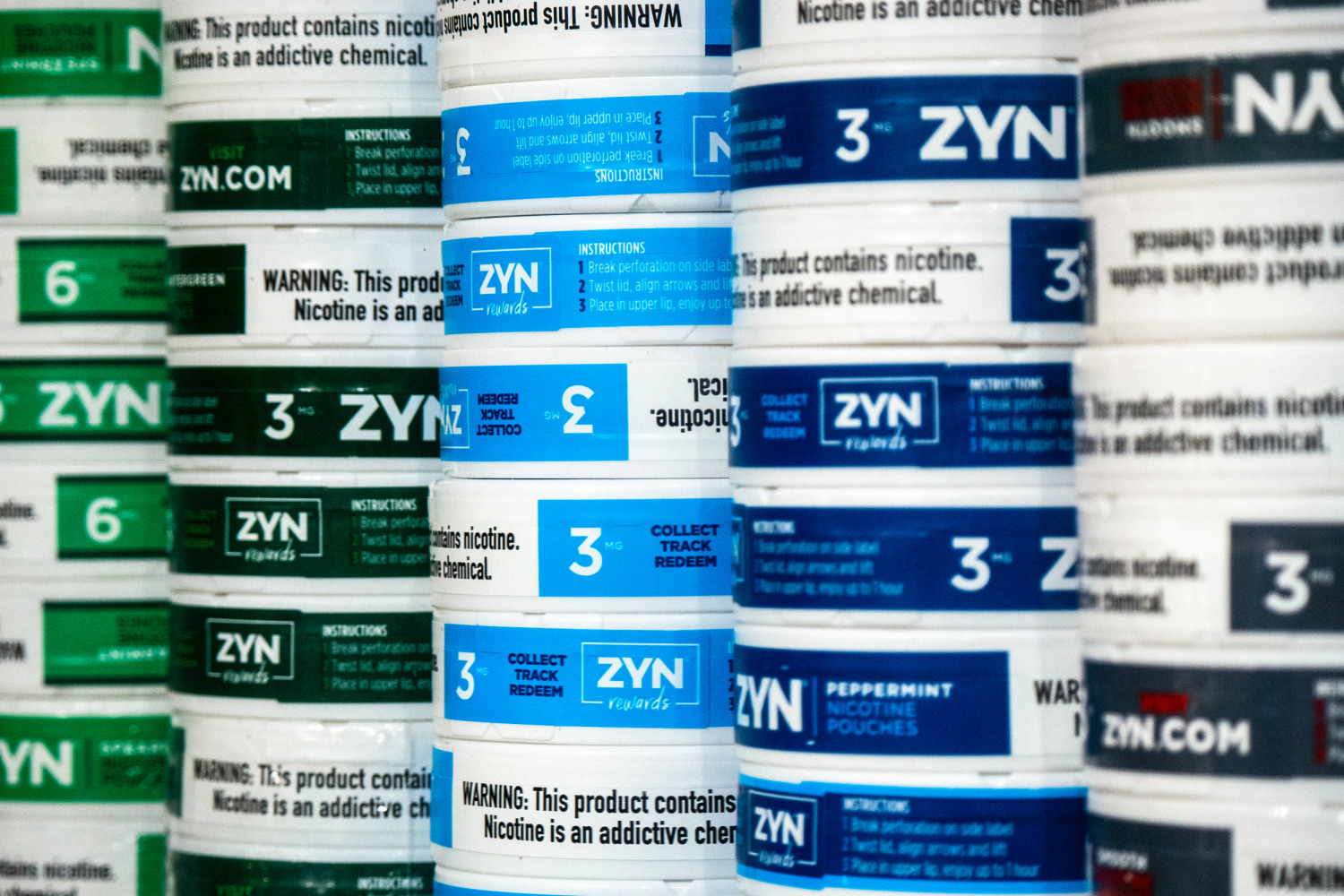Zyn Shortage What’s Really Going On

If you’ve been searching store shelves and coming up empty, you’re not alone. The ongoing Zyn shortage has left many regular users scratching their heads and wondering why their favorite nicotine pouches are so hard to find. This shortage has sparked conversations online, in convenience stores, and even in business circles because it highlights bigger issues about supply, demand, and regulation.
While shortages are nothing new in today’s market, this one feels different because it involves a product that has quickly become a staple for many. Zyn isn’t just another nicotine pouch—it’s built a reputation for being discreet, convenient, and modern, and that popularity makes its absence even more noticeable. So, what’s causing the disruption, and when can users expect things to return to normal?
Zyn Shortage and the Demand Surge
The sudden Zyn shortage can largely be traced back to skyrocketing demand. Over the last few years, nicotine alternatives like Zyn have gained traction with both seasoned nicotine users and newcomers looking for smoke-free options. As people transition away from cigarettes and vapes, they’re gravitating toward products that are cleaner, odor-free, and socially acceptable.
That spike in demand has outpaced production capabilities. Factories simply weren’t prepared for the rapid surge, and supply chains that were already fragile due to global economic challenges have struggled to keep up. This mismatch has left retailers unable to restock fast enough, frustrating loyal customers who’ve made Zyn part of their daily routine.
Why the Zyn Shortage Feels Different
Unlike temporary stockouts of common goods, the Zyn shortage feels heavier because the product has become more than just a casual purchase—it’s a lifestyle choice for many. People depend on it for focus, stress management, or simply as a nicotine alternative that fits into their day without hassle. When that suddenly disappears, the disruption feels personal.
Another factor is perception. Unlike cigarettes, Zyn is marketed as a modern, innovative option. That branding creates loyalty, and when shelves go empty, customers don’t just grab another brand. Instead, they wait, search multiple stores, or express frustration on social media. This creates a snowball effect where awareness of the shortage spreads faster than the supply can recover.
Behind the Supply Chain Struggles
The supply chain is at the heart of the shortage. Manufacturing disruptions, shipping delays, and limited production capacity all play a role. Even small hiccups in raw material sourcing can ripple through the system, delaying shipments by weeks. Add in the complex logistics of distributing across multiple states and retailers, and the picture becomes clearer.
Global supply chains have been under strain for years, and consumer goods like Zyn aren’t immune. With increased demand, every weak link—from packaging materials to labor shortages—has contributed to the issue. Until production scales up and distribution stabilizes, the shortage will continue to frustrate consumers and retailers alike.
The Role of Regulation in the Shortage
Another layer to this problem is regulation. Nicotine products are subject to strict oversight, and Zyn is no exception. Every batch must comply with safety standards, labeling requirements, and distribution rules. While these safeguards are important for consumer safety, they can also slow down the process when demand is overwhelming.
Recent attention from regulators has added even more scrutiny, sometimes delaying product releases or distribution. While compliance is essential, the added red tape can make an already tight supply feel even tighter. This means the shortage isn’t just about supply chains—it’s also about the regulatory environment surrounding nicotine alternatives.
How Retailers Are Coping with Limited Stock
Retailers are on the frontlines of the Zyn shortage, and their strategies vary. Some stores are rationing supply, limiting how many units a customer can purchase to spread stock more evenly. Others are focusing on certain flavors or strengths that are more popular, trying to keep at least some options available for regular buyers.
Meanwhile, online retailers are facing their own challenges. With shipping delays and stock inconsistencies, many are placing disclaimers on their websites to warn customers about limited availability. This has led to a surge in customers switching between local shops and online platforms, only to find both struggling to meet demand.
Consumer Reactions to the Zyn Shortage

For users, the Zyn shortage feels frustrating and disruptive. Many have taken to forums, social media, and review sites to share their struggles in finding their go-to pouches. Some express disappointment, while others show creativity in exploring alternatives.
Interestingly, this shortage has also sparked conversations about dependency. Some users admit the lack of availability has made them more aware of their reliance on nicotine. For others, it has been a chance to try new habits or cut back. Either way, the shortage has shined a spotlight on how deeply products like Zyn integrate into daily life.
Alternatives During the Zyn Shortage
When shelves are empty, many turn to alternatives. Competing nicotine pouch brands have seen a spike in sales, as users are willing to experiment when Zyn isn’t available. Others have shifted to gum, lozenges, or even vaping as a temporary fix.
Still, not all users are satisfied with these substitutes. Flavor, strength, and texture vary widely across brands, and loyal Zyn users often feel the alternatives don’t measure up. This reinforces the brand’s strong positioning in the market but also underscores why the shortage feels so disruptive—nothing else seems to fully replace it.
The Future Outlook for Zyn Availability
So, will the Zyn shortage last forever? Probably not. Companies behind Zyn are already ramping up production and addressing supply chain bottlenecks. With consumer demand now clearly established, manufacturers are more motivated than ever to invest in infrastructure and secure their place in the nicotine pouch market.
In the long term, shortages may even benefit the brand. Scarcity often increases demand and strengthens loyalty, as consumers feel even more connected to a product they’ve had to search for. As production catches up, availability should improve, but the memory of this shortage will likely stick with users for a while.
What the Zyn Shortage Means for the Market
The Zyn shortage also has ripple effects for the broader nicotine market. Competitors have been quick to capitalize on the gap, introducing new products or ramping up advertising. For smaller brands, this moment offers a rare chance to capture attention from frustrated Zyn users.
At the same time, the shortage has proven just how dominant Zyn has become. When one brand’s shortage makes headlines, it shows its influence on both consumers and competitors. This episode is a reminder that modern nicotine products aren’t just passing trends—they’re reshaping the entire industry.
Conclusion
The Zyn shortage has become more than just an inconvenience. It’s a reflection of how quickly consumer demand can outpace supply, how regulatory and supply chain challenges collide, and how deeply a modern brand can integrate into people’s daily routines. While frustrating, it also signals that products like Zyn are here to stay, shaping the future of nicotine consumption.
In time, production will catch up, and the shelves will be stocked again. Until then, users will adapt—some by seeking alternatives, others by patiently waiting. Either way, the shortage highlights just how powerful a role Zyn has carved out in the nicotine market.
FAQs About the Zyn Shortage
Why is there a Zyn shortage right now?
The shortage is mainly due to overwhelming demand combined with supply chain and regulatory challenges. Production hasn’t been able to keep pace, leading to empty shelves.
How long will the Zyn shortage last?
There’s no fixed timeline, but industry experts believe production will gradually catch up as manufacturers scale operations.
Are there alternatives during the shortage?
Yes, other nicotine pouch brands and products like gum or lozenges are available, though many users feel they don’t match Zyn’s quality or consistency.
Is the Zyn shortage happening everywhere?
Availability varies by region, but many states and retailers are reporting limited or inconsistent stock.
Could this happen again in the future?
Possibly. As long as demand keeps rising faster than supply, temporary shortages are always a risk. However, manufacturers are learning from this experience to prevent long-term disruptions.



